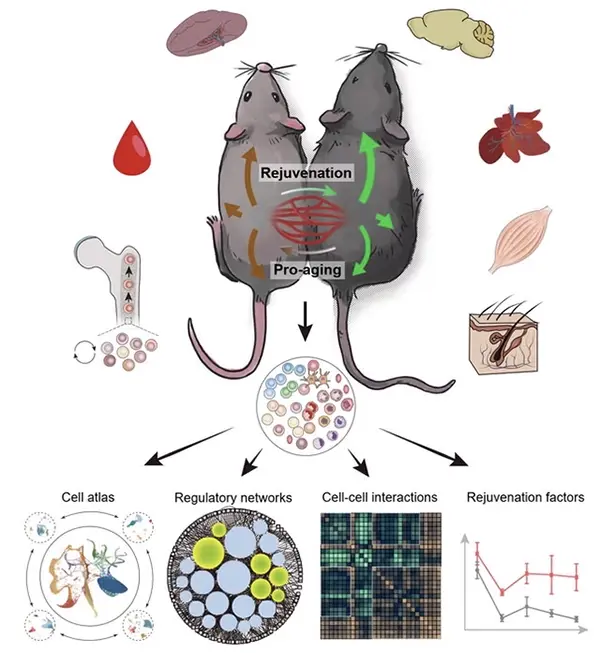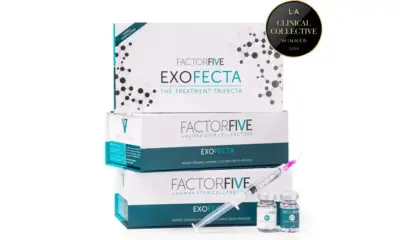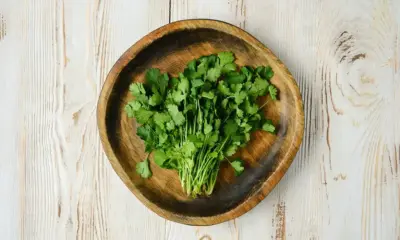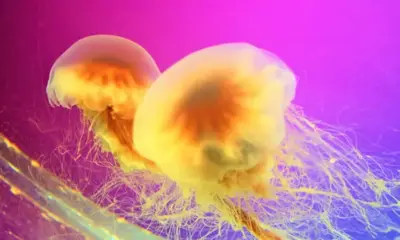Research & Trends
Chinese scientists create ‘vampire’ method to extend the lifespan of older mice using young blood
Chinese scientists have developed a groundbreaking technique to rejuvenate older mice by surgically connecting their circulatory system to that of younger rodents.
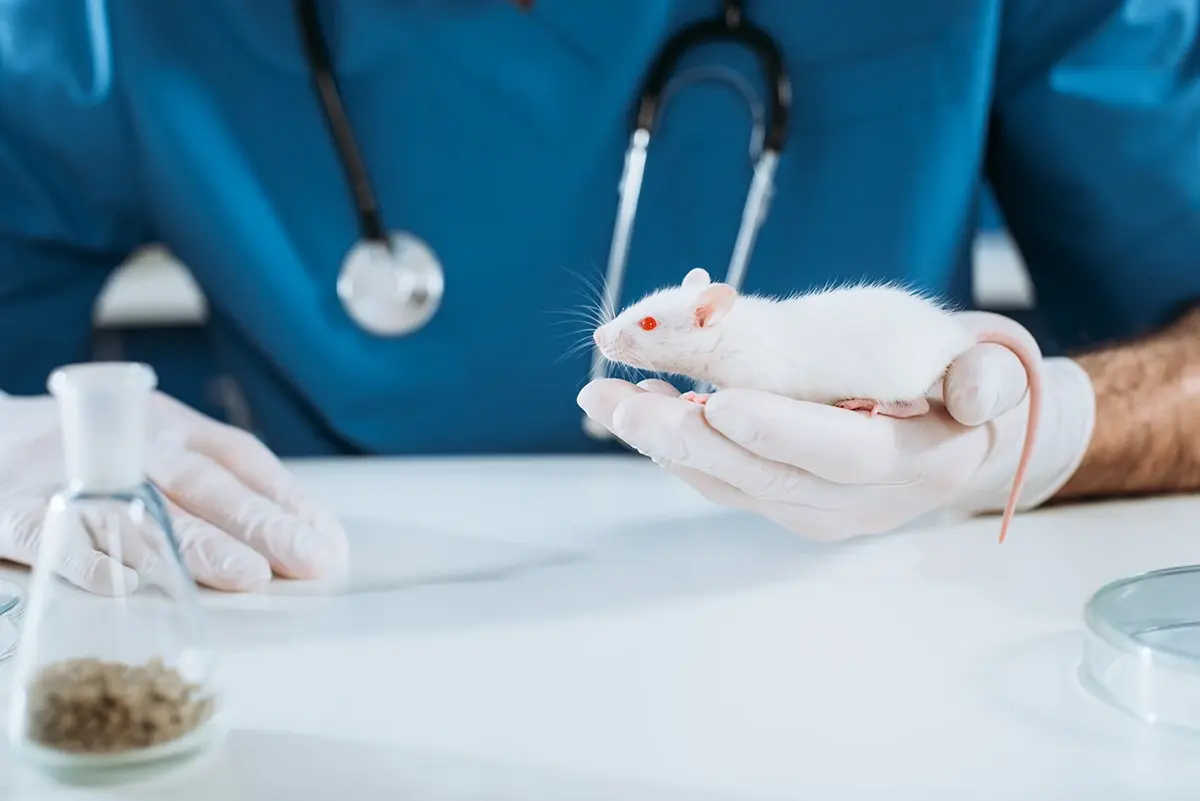
This research offers new insights into the ageing process. The study, published in Cell Stem Cell, builds on a method known as heterochronic parabiosis (HP), which harnesses the revitalizing power of young blood to counteract the effects of ageing.
While HP has been known since the 1950s, researchers, including those from the Chinese Academy of Sciences in Beijing, have long sought to understand the mechanism by which young blood helps aged bodies return to a more youthful state. This new study delves deeper into that mystery, exploring the effects of HP at the single-cell level. Chinese scientists create ‘vampire’ method to extend the lifespan of older mice using young blood, generating new hope in the field of anti-ageing research.
The ageing process is marked by the gradual decline of tissues and organs, leading to reduced regenerative abilities. To better understand this degeneration, scientists analyzed more than 164,000 single cells from seven different organs over five years. Their goal was to uncover the mechanisms behind ageing and rejuvenation that are linked to the technique. Through their analysis, they found significant cellular and molecular changes in both young and old mice, which helped illuminate how young blood can rejuvenate an aged organism.
Courtesy of The Independent
Chinese scientists create ‘vampire’ method to extend the lifespan of older mice using young blood, and through this method, they discovered that exposure to old blood accelerates ageing, while young blood can revitalize aged tissues. This transformation primarily occurs by targeting undifferentiated stem cells and their supportive niches in aged tissues. These stem cells, especially haematopoietic stem and progenitor cells (HSPCs), are vital for replenishing the body’s blood and immune cells, making them particularly sensitive to the regenerative effects of young blood.
Ma Shuai, the lead author of the study, mentioned that previous research had demonstrated the rejuvenating effects of young blood but had not uncovered the essential mechanisms behind the phenomenon. This new research sheds light on the key factors involved, particularly how young blood interacts with HSPCs and their cellular targets, offering potential pathways for future therapeutic interventions against ageing.
The study’s findings provide a valuable resource for scientists seeking to better understand systemic factors related to ageing. It also opens the door to identifying potential targets for treatments aimed at slowing down or even reversing age-related decline. Chinese scientists create ‘vampire’ method to extend the lifespan of older mice using young blood, offering exciting new directions in the field of anti-ageing research.
However, the researchers caution that methods like HP, while promising, may not be the ultimate solution. Young blood alone may not act as a miracle cure. Instead, scientists believe these “vampire” methods could help identify inhibitors present in old blood, which might be targeted to slow the ageing process.
In a related study published earlier this year, researchers partially reversed ageing in middle-aged and elderly mice by resetting tissues to a younger state using a combination of molecules involved in the ageing process. This work further supports the idea that rejuvenation is possible, but more research is needed to fully unlock its potential.

